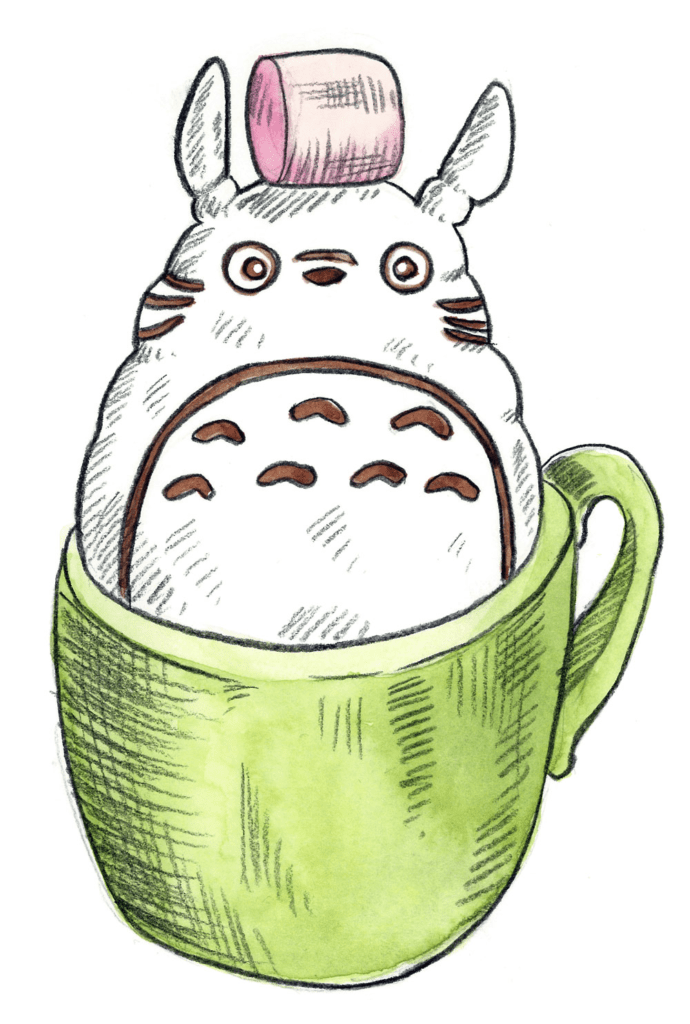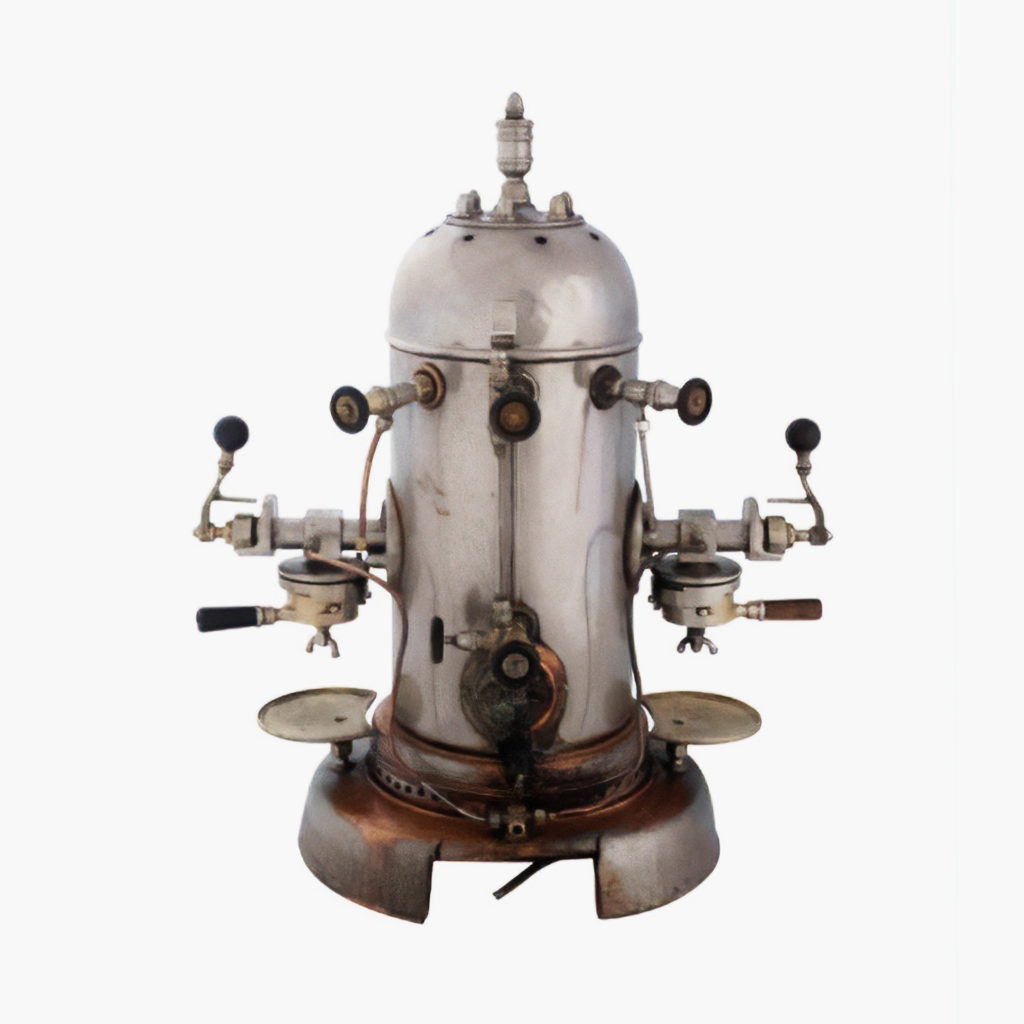The Short History of the Dry Cappuccino

3-D Latte art produced with dry foam which has a very high aeration percentages (>50% foam fraction) and has been allowed to drain for over a minute before use.
During the early proliferation of the Starbucks chain at the end of the 1990s, the company projected an image of inclusivity by allowing their guests to customise each drink. Aside from offering tall, grande, and venti sizes, along with skinny, soy, or full-fat milk, customers could also choose between ‘wet’ or ‘dry’ lattes and cappuccinos. ‘Wet’ meant having less foam — in practice, less than 5 mm of foam on a latte. ‘Dry’ meant having more foam — a 1:1 milk-to-foam ratio being the goal.
As the specialty coffee industry has advanced, so too have ideas around ‘best-practice’ in milk steaming technique. A major transition in drink design that has taken place since the pre–latte art period of the 1990s is the decline of dry foam. Even the cappuccino is usually a less foamy drink than it once was. This is precisely because you can’t create latte art with dry foam.
We advise cafes to aim for consistency and standardisation in milk:foam ratios. At Barista Hustle we consider less than 20% aeration as too wet for latte art purposes and more than a 50% aeration level as too dry. We think 33% aeration is the sweet spot. This sweet spot demonstrates Foam Factor 1: how wet your foam needs to be and at what aeration percentage.
The Evolution of the Flat White — It’s Drier than It Used to Be
The flat white traces its origins to the period in the 1990s during the early days of specialty coffee. It’s called a flat white because it’s a cappuccino without foam — it’s literally flat compared with the snowy-mountaintop appearance of cappuccinos of this period.

Desiderio Pavoni’s Ideal machine from 1906 with two steam wands.